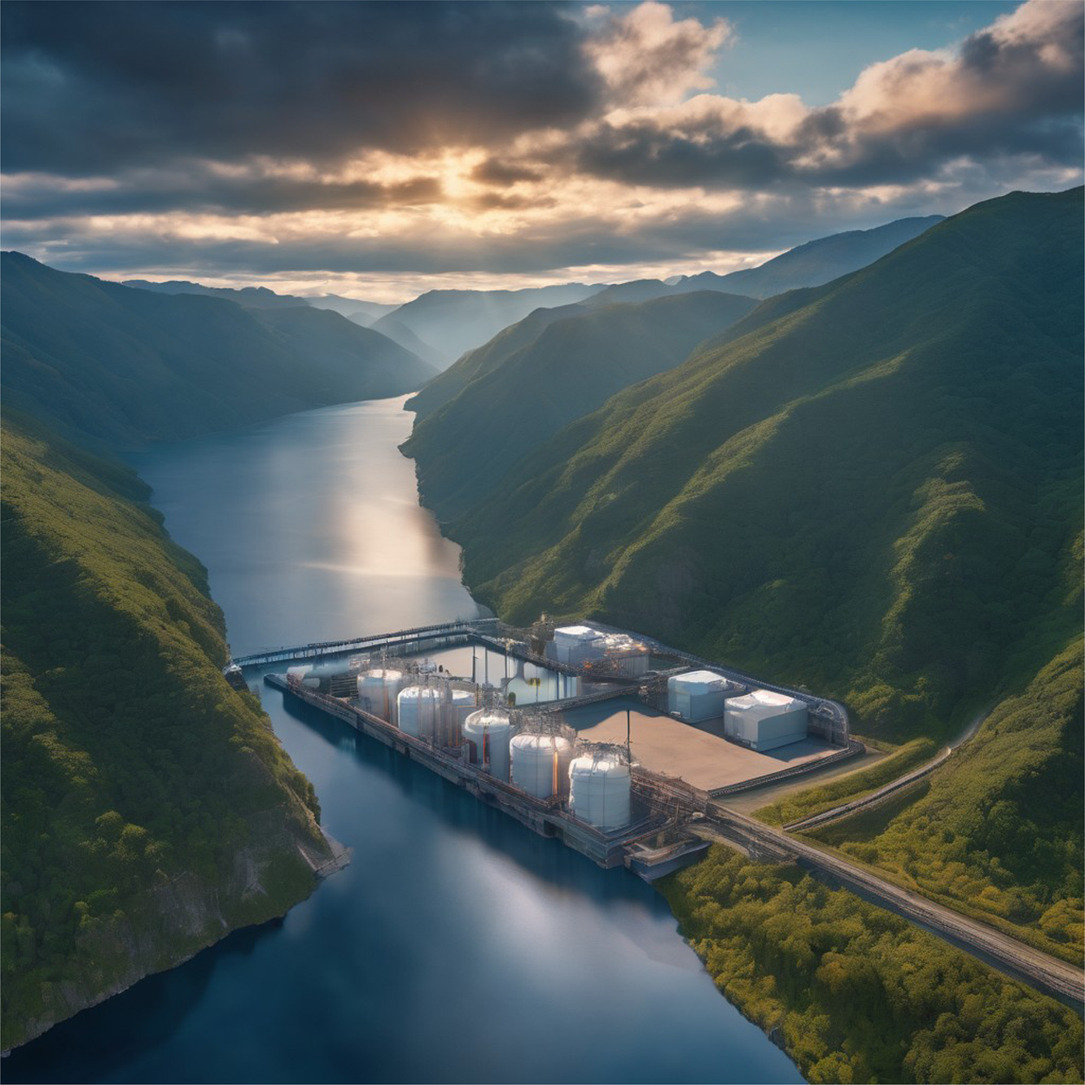A research group from Switzerland's ETH Zurich has investigated the role of hydrogen storage in an electricity system with large hydropower resources such as that of Switzerland.
“The study goes in the direction of understanding when hydrogen could play a role when co-existing with hydropower and pumped-hydro, or more generally within the same market,” corresponding author professor Paolo Gabrielli told pv magazine. “This could happen under some scenarios.”
Switzerland currently has about 6.9 TWh of hydropower dams and 2.1 TWh of pumped-hydro storage that are built or under construction. The country's electricity system – including its energy transfer with neighboring Germany, France, Italy, and Austria – was simulated using the Nexus-e platform and optimized with a linear programming (LP) optimization model.
Using software simulation and optimization, the research team focused on the Swiss electricity sector as a case study. However, they say that it should provide general design guidelines and recommendations in similar environments
The academics evaluated the need for hydrogen storage under a few techno-economic and climate scenarios with changing variables. The analysis was performed for a few target years: 2020, 2030, 2040, and 2050, with their respective development and demand scenarios. PV generation was considered to be 6.76 TWh in 2030, 19.56 TWh in 2040, and 31.66 TWh in 2050.
The meteorological year was set to either dry, wet, or humid, and load-shedding costs, ranging from €1,000 ($1,080)/MWh to €10,000/MWh. In addition, three scenarios were considered for the development of Swiss neighboring countries, as defined by the Ten-Year Network Development Plans (TYNDP): national trends, global ambition, and distributed energy scenarios.
In addition, the learning rate for hydrogen technologies was set to 5%, 12%, or 20%, and the net transfer capacity (NTC) ranged from 0% to 100%. An NTC of 100% corresponds to today's values, whereas an NTC of 0% corresponds to a self-sufficient Switzerland.
“Additionally, the following generator candidates are included in the scenarios as options for new investments,” explained the scientists. “(i) waste-to-energy plants: 12 units of 20 MW each; (ii) wind parks in 7 locations for a total of 1960 MW; (iii) batteries in 7 locations with a capacity of 100 MW/400 MWh each; (iv) gas combined cycle plants combined with carbon capture and storage (CCS): 28 units (in 7 locations) of 100 or 200 MW each for a total of 4200 MW; (v) hydrogen storage: 169 units, one at every considered node including the non-Swiss regions. The power used for water electrolysis can be generated by any of the electricity generation units.”
All of the different scenarios were analyzed by changing a single variable, while all other settings for the scenario were set by a reference scenario. In that reference scenario, the target year was set to 2050, the learning rate to 20%, and the NTC to 100%. The load-shedding cost was then set to €10,000/MWh, the meteorological year average, and the European development to global ambition.
“In the Swiss electricity sector, hydrogen storage plays no major role under most conditions, even when assuming favorable cost assumptions for hydrogen technologies,” the researchers stressed. “More specifically, no hydrogen storage is installed in Switzerland if reasonable energy interconnections are in place with neighboring countries. This applies even when considering dry years, where natural water inflows are scarce, and the contribution of the Swiss hydropower sector is reduced.”
However, the results also showed that hydrogen storage is installed when net transfer capacities between countries are reduced below 30% of current values and load shedding costs are above €1,000/MWh. “In other words, hydrogen storage is a solution to ensuring self-sufficiency in a context where electricity exchanges with neighboring countries are not possible. However, this comes at the cost of very high electricity prices,” they emphasized.
Their results were presented in the paper “The role of hydrogen storage in an electricity system with large hydropower resources,” published in the Energy Conversion and Management journal.
This content is protected by copyright and may not be reused. If you want to cooperate with us and would like to reuse some of our content, please contact: editors@pv-magazine.com.



By submitting this form you agree to pv magazine using your data for the purposes of publishing your comment.
Your personal data will only be disclosed or otherwise transmitted to third parties for the purposes of spam filtering or if this is necessary for technical maintenance of the website. Any other transfer to third parties will not take place unless this is justified on the basis of applicable data protection regulations or if pv magazine is legally obliged to do so.
You may revoke this consent at any time with effect for the future, in which case your personal data will be deleted immediately. Otherwise, your data will be deleted if pv magazine has processed your request or the purpose of data storage is fulfilled.
Further information on data privacy can be found in our Data Protection Policy.